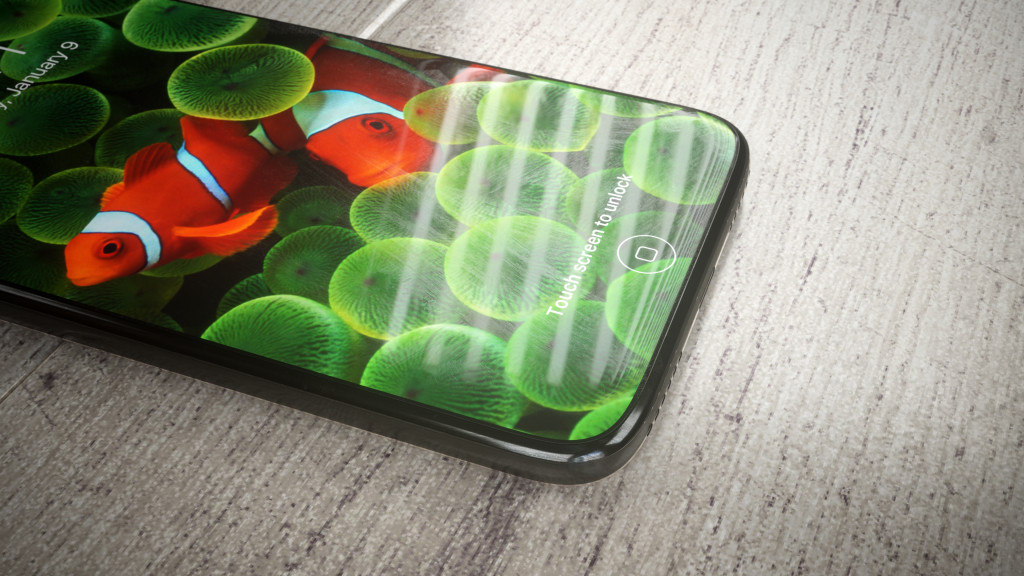A report in ETNews, cited by DigiTimes, claims that Apple recently negotiated a major two-year supply deal with Samsung Display, a subsidiary of Samsung Electronics, regarding curved OLED panels for future iPhones. Samsung’s display-making arm produces more than 90 percent of all OLED panels for smartphones and tablets.
That said, Apple was obviously wise enough to partner with its frenemy in order to secure steady supply of curved flexible OLEDs until other suppliers, such as Japan Display, LG Display and Sharp, manage to ramp up their own OLED production.
The deal is worth an estimated $9 billion.
Samsung is currently in the process of converting its LCD factory in Asa into an OLED panel plant. The Cupertino company has reportedly commissioned the Galaxy maker to build 70-92 million curved OLED panels in 2017. Given that Apple sells about 200 million iPhones per year, we can conclude that more than one-third of new iPhones shipped in 2017 will come outfitted with curved OLED panels.
Most of the rumors claim that only iPhone 8 will have an edge-to-edge OLED panel, with the 4.7-inch iPhone 7s and 5.5-inch iPhone 7s Plus expected to retain LCD screens.
Yuanta Securities Investment Consulting estimated that new iPhone shipments would reach 100 million units in 2017, of which at least 55 million would sport OLED panels.
Subscribe to iDownloadBlog on YouTube
In order to meet increasing demand from Apple, Samsung Display has been “exerting efforts” to ramp up its capacity to 95 million units, said DigiTimes. Samsung’s total investments for OLED production lines could top $9 billion in 2017.
Nikkei reported Monday that Apple recently placed an order for 70 million bendable OLEDs for iPhone 8 with Samsung Display. Last year, the Cupertino firm ordered 100 million OLED panels from Samsung. In February 2017 asked the Galaxy maker to build an additional 60 million OLEDs for a reported total of 160 million units in 2017.
iPhone 8 concept via Dutch artist Martin Hajek for German magazine Computer Bild
Source: DigiTimes
